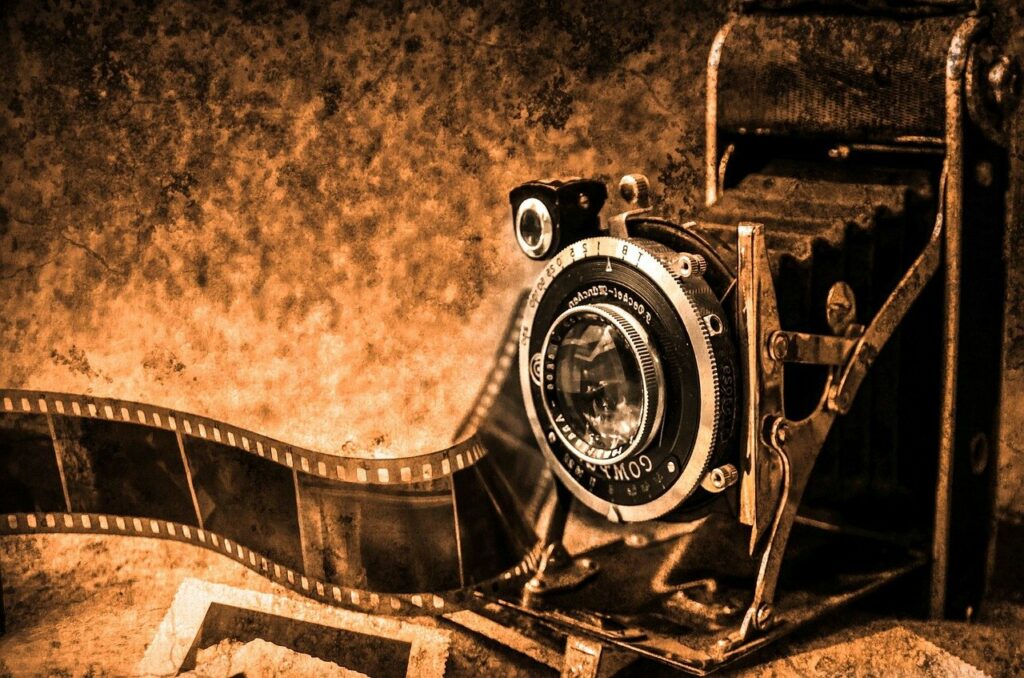A Short History of Color Photography
Have you always wondered when color was first added to photographs? Just like films and movies, it all started with black and white. This is what photographers would shoot whether they were creating portraits or taking images of landscapes. But, over time, progress was made in photography and color was created. But, when was this and how did it happen? Here is a short history of color photography so that you can appreciate the development of this invention.
When Did Color Become a Part of Photography?
Let’s go back to 1839. This is the date that everyone agrees photography began and all photos were in black and white. Well, in the first 100 years, there was not much progress. Only people with money were able to afford the equipment and photographs were of poor quality by today’s standards. Anybody that was working on improving photography equipment was concentrating on improving the quality of cameras, as well as the photos you would receive.
It was not until 1880 that there was some experimentation with color in photography. In particular, this was in regards to portraits. To begin with, the daguerreotypes and calotypes would be tinted by hand. This was done by artists and photographers would pay them to do this. This became known as hand coloring, which was invented by British photographers. But, it was not soon before this technique inspired Japanese artists. From there, it would spread to the West.
The Start of Autochrome
Let’s not fast forward to France in 1907. This is where autochrome started and it is regarded as the first color process in photography. Only some people were able to do autochrome because it was a difficult process. In particular, it required more exposure times and this was generally longer than for black and white photos.
In addition, the finished result would only be visible if you put the photograph against a backlight. Was this progress? Yes, you can definitely argue that it was. But, people were still not satisfied by this. Indeed, for many years to come, people would continue to work on ways to introduce color to photography.
Next Was Color Positive Film
In 1935, a lot of progress was being made when it came to color films. Namely, Kodachrome Film produced color positive film and this was renowned for its warm tones and for the sharpness in images. The process was complicated and it had to be done in labs. But, it was still something that people had not enjoyed before. Indeed, it seems a world away from what you can enjoy now when you take your own images and use stock photos.
In 1942, Kodachrome Film then went on to create the negative-positive color film. They named this Kodacolor. Indeed, this was a hit and continued to be improved when it came to the quality it could achieve, as well as the speed of processing. In addition, time meant that the price became more affordable and photographers enjoyed using this negative-positive color film.
After World War II, color film photography became huge. There were more labs around the world, as well as sellers. Plus, the results just kept on getting better. Photographers were loving what they could create and some magazines incorporated color photography into their pages. While photography was once something that was for science and art, it was now something people were enjoying as a hobby and for fun. With this came more options for cameras. There was everything from professional equipment to disposable cameras. The addition of color made it so much more enjoyable for a variety of people.
Color More Popular
Interestingly, it was 1954 when the first newspaper started to include color. Namely, this was the St. Petersburg Times. By 1990, almost all of the newspapers in the United States printed in color. While there are a few that did not, times were changing and color was a way to sell newspapers. But, without the budget, some were not able to do so at first. There were even some who believed that including color would become a distraction from the news. But, readers seemed to like it.
Today, with the use of digital photography, color is something that we take for granted. But, it has not always been around as this short history demonstrates. It is important to realize what progress has been made. In fact, it is essential to acknowledge that images are not shot in color and then they can be turned into black and white images. This is the opposite of how it first started. No longer do you have to purchase film or pay anybody to process your images. This is something that you can easily do from home without the need for specialist equipment.
So, do you prefer black and white or color images? Everyone is going to have their own preference. But, you now have the freedom to enjoy both thanks to the progress that has been made over the years.




